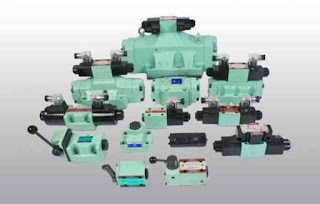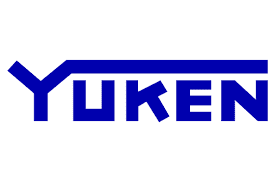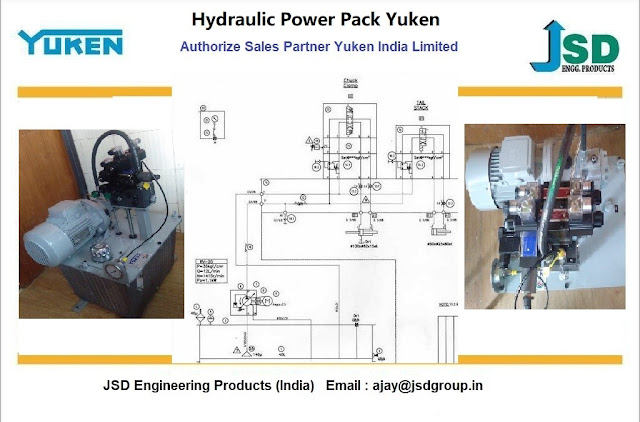Yuken check valve
Check valve :
Check valves are two-port valves, meaning they have two openings in the body, one for fluid to enter and the other for fluid to leave. There are various types of check valves used in a wide variety of applications. Check valves are often part of common household items. Although they are available in a wide range of sizes and costs, check valves generally are very small, simple, or inexpensive. Check valves work automatically and most are not controlled by a person or any external control; accordingly, most do not have any valve handle or stem. The bodies (external shells) of most check valves are made of plastic or metal.

 |
Technical terminology :
Cracking pressure — Refers to the minimum pressure differential needed between the inlet and outlet of the valve at which the first indication of flow occurs (steady stream of bubbles). Cracking pressure is also known as unseating head (pressure) or opening pressure.


Reseal pressure — Refers to the pressure differential between the inlet and outlet of the valve during the closing process of the CV, at which there shall be no visible leak rate. Reseal pressure is also known as sealing pressure[3], seating head[4] (pressure) or closing pressure.
Back pressure — a pressure higher at the outlet of a fitting than that at the inlet or a point upstream.
Types of the Check Valve :
1.Swing Type. Top Hinged. Tilting disk.
2.Lift Type. Piston Type. Ball type.
3.Dual Plate Type.
4.Stop Check Valve.
Use of check valve :
Simply put, a check valve allows flow in one direction and automatically prevents back flow (reverse flow) when fluid in the line reverses direction. They are one of the few self-automated valves that do not require assistance to open and close.
Subscribe the Yuken you tube channel and get latest update of yuken hydraulic product
For further Technical details or Inquiries mail to info@jsdgroup.in or visit






Comments
Post a Comment